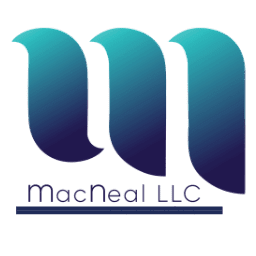Tax management can be challenging for small business owners. This is because tax laws are becoming more complex every year, and the rules are constantly changing. Small companies must pay their taxes on time to prevent expensive fines and future legal troubles.
Read on to explore the crucial tax compliance aspects to pay attention to.
Gather Your Financial Arsenal
The foundation of successful tax preparation lies in organization. The first step is to assemble all your small business’s financial records. This includes carefully tracking deductible expenses— which is crucial for accurately calculating your taxable income and maximizing deductions.
You can do this by:
Rounding Up Receipts
Gather receipts for all expenses incurred throughout the year, from office supplies to travel costs. Keep them organized and easily accessible for reference. This can help streamline your year-end tax compliance process.
Embracing Automation
Consider using a dedicated system or accounting software to track deductible expenses. This could involve maintaining a separate bank account or employing software solutions. Cross-check your documentation against your bank and credit card statements for accuracy and completeness.
Employee Information
Accurate employee information lets you avoid any last-minute scrambling. You can start by verifying whether new hires have completed all necessary paperwork, including W-4 and I-9 forms. Here are some additional things to review:
- Benefits Administration: Check health insurance, retirement plans, and other employee benefits to ensure all related information is up-to-date. Pay special attention to dependents and beneficiaries.
- Payroll Precision: Scrutinize payroll records to confirm they accurately reflect each employee’s hours worked, wages earned, and deductions taken.
- Tax Form Timeliness: Confirm that all necessary tax forms, such as W-2s and 1099s, have been promptly issued to employees and contractors.
Reconcile Your Accounts
Reconciliation allows for an accurate cash flow assessment and ensures all transactions are recorded.
- Accounts Receivable: Review outstanding invoices from customers. Identify any overdue payments and make efforts to collect them. This improves cash flow and increases the likelihood of receiving payment before year-end.
- Appease Your Vendors: Manage vendor invoices by reviewing all outstanding bills and guaranteeing their accurate recording in your accounts payable. This enables good relationships with vendors and avoids late payment penalties.
Year-End Forms and Reports
The final step involves preparing and submitting year-end forms and reports. This effectively communicates your business’s financial information to the relevant parties. Ensure you meet tax filing deadlines, comply with regulations, and leverage available deductions.
Following this comprehensive checklist will enable you to tackle year-end taxes confidently. With this knowledge, you can easily navigate tax season and focus on what truly matters—growing your successful small business! Don’t hesitate to consult the tax professionals at MacNeal CPA if you have questions or require further guidance. Contact us now to learn more!

